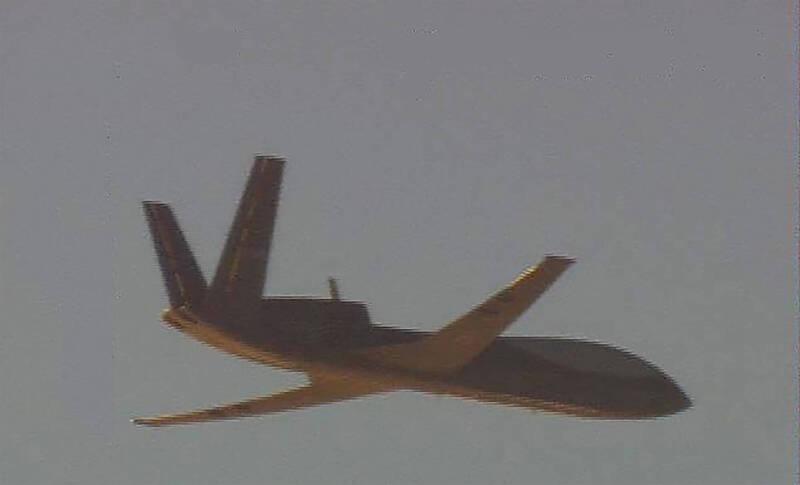The Ministry of National Defense began “immediate combat readiness drills” for the first time yesterday, during which China dispatched aircraft and naval ships to conduct “joint combat readiness patrols” around the Taiwan Strait.
China’s “joint combat” patrols are part of frequent “gray zone harassment and provocative actions around the Taiwan Strait” that disrupt regional peace and stability, Minister of National Defense Wellington Koo (顧立雄) said today.
The “combat readiness” drills encompass key ports and airports in urban areas of Taiwan proper, as well as important strongholds on outlying islands, reports said.

Photo courtesy of the Ministry of National Defense
Each combat zone would conduct live exercises and incorporate a small portion of the annual live-fire drills, reports said.
The drills are designed to simulate various scenarios, and situations such as yesterday’s incident could be used as an opportunity to conduct corresponding drills to enhance readiness capabilities, Koo said.
As a countermeasure to Chinese patrols, the military said it monitored Chinese aircraft and vessels movements, demonstrating its intelligence, surveillance and reconnaissance capabilities.
From 6am yesterday to 6am today, Taiwan detected 59 Chinese aircraft, including primary and auxiliary combat aircraft, as well as drones, nine Chinese warships and two balloons around the nation, the ministry said today.
A total of 42 aircraft crossed the median line of the Taiwan Strait, it added.
It was the highest number of Chinese aircraft registered since a record 153 were reported on Oct. 15 last year, after China staged large-scale military drills in response to President William Lai's (賴清德) Double Ten National Day speech days earlier.
Of the aircraft detected in the past 24 hours, 54 had taken part in “joint combat” patrols, the ministry said in separate statements.
A P-3C anti-submarine aircraft captured footage of a WZ-10 drone and a F-16V jet, and closely tracked the movements of a GJ-2 drone, according to images released by the ministry.
The military has never before released images of these drones, which are newer models used by China, equipped with attack capabilities.
The WZ-10 can fly at an altitude of 14,000m at a speed of 600kph, and is rumored to have stealth capabilities.
The GJ-2, which was introduced in 2017, has performance and specifications similar to the US’ MQ-9B drone that Taiwan is set to acquire.
The Chinese Ministry of Foreign Affairs yesterday said the actions were a “resolute response to external forces’ willful connivance and support for Taiwan independence and a stern warning to the Taiwan independence separatist forces.”
The Mainland Affairs Council today said that China’s “aggressive military expansion threatens peace and stability in the Taiwan Strait and the region.”
“It has already become a universally recognized and undeniable troublemaker,” council Minister Chiu Chui-cheng (邱垂正) said.
Additional reporting by Lin Hsin-han

Chinese Nationalist Party (KMT) Chairman Eric Chu (朱立倫), spokeswoman Yang Chih-yu (楊智伃) and Legislator Hsieh Lung-chieh (謝龍介) would be summoned by police for questioning for leading an illegal assembly on Thursday evening last week, Minister of the Interior Liu Shyh-fang (劉世芳) said today. The three KMT officials led an assembly outside the Taipei City Prosecutors’ Office, a restricted area where public assembly is not allowed, protesting the questioning of several KMT staff and searches of KMT headquarters and offices in a recall petition forgery case. Chu, Yang and Hsieh are all suspected of contravening the Assembly and Parade Act (集會遊行法) by holding

PRAISE: Japanese visitor Takashi Kubota said the Taiwanese temple architecture images showcased in the AI Art Gallery were the most impressive displays he saw Taiwan does not have an official pavilion at the World Expo in Osaka, Japan, because of its diplomatic predicament, but the government-backed Tech World pavilion is drawing interest with its unique recreations of works by Taiwanese artists. The pavilion features an artificial intelligence (AI)-based art gallery showcasing works of famous Taiwanese artists from the Japanese colonial period using innovative technologies. Among its main simulated displays are Eastern gouache paintings by Chen Chin (陳進), Lin Yu-shan (林玉山) and Kuo Hsueh-hu (郭雪湖), who were the three young Taiwanese painters selected for the East Asian Painting exhibition in 1927. Gouache is a water-based

Taiwan would welcome the return of Honduras as a diplomatic ally if its next president decides to make such a move, Minister of Foreign Affairs Lin Chia-lung (林佳龍) said yesterday. “Of course, we would welcome Honduras if they want to restore diplomatic ties with Taiwan after their elections,” Lin said at a meeting of the legislature’s Foreign Affairs and National Defense Committee, when asked to comment on statements made by two of the three Honduran presidential candidates during the presidential campaign in the Central American country. Taiwan is paying close attention to the region as a whole in the wake of a

OFF-TARGET: More than 30,000 participants were expected to take part in the Games next month, but only 6,550 foreign and 19,400 Taiwanese athletes have registered Taipei city councilors yesterday blasted the organizers of next month’s World Masters Games over sudden timetable and venue changes, which they said have caused thousands of participants to back out of the international sporting event, among other organizational issues. They also cited visa delays and political interference by China as reasons many foreign athletes are requesting refunds for the event, to be held from May 17 to 30. Jointly organized by the Taipei and New Taipei City governments, the games have been rocked by numerous controversies since preparations began in 2020. Taipei City Councilor Lin Yen-feng (林延鳳) said yesterday that new measures by